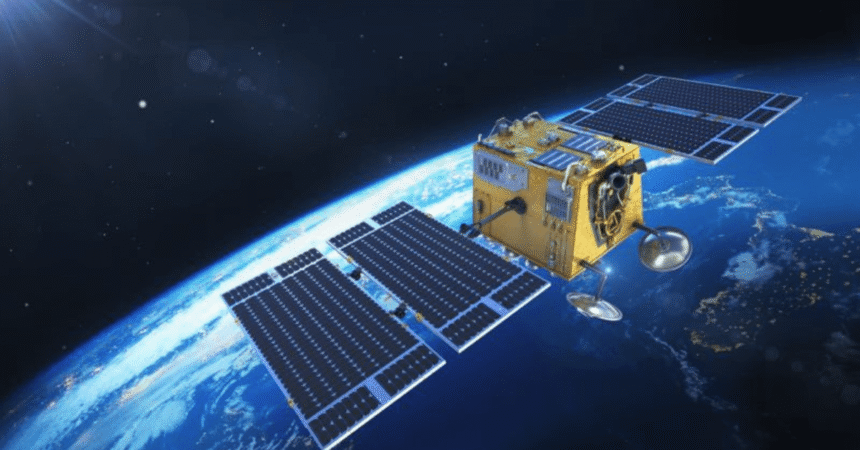In a significant development in the global space technology landscape, Chinese company Geespace, backed by automaker Geely, has launched a third batch of satellites as part of its plan to create a mega constellation rivaling Elon Musk’s Starlink. The company has now launched 30 satellites, covering 90% of the globe with 24-hour communication services. This marks the first time a Chinese commercial aerospace company has offered LEO satellite communication on a global scale.
Geespace’s latest satellite launch is part of its first construction phase for its constellation, which aims to put 72 satellites in orbit to service over 200 million users worldwide by the end of 2025. The second phase will add 264 satellites for mobile phone communications, while the third phase will launch 5,676 satellites for high-speed broadband. With this ambitious plan, Geespace is poised to become a major player in the global satellite communication market, rivaling the likes of SpaceX’s Starlink.
The Low Earth Orbit (LEO) satellites were launched from the Taiyuan Satellite Launch Centre, located in the northern province of Shanxi. LEO satellites usually operate at altitudes of 300-2,000 km (186-1243 miles) above the Earth’s surface and have the advantage of being cheaper and providing more efficient transmission than satellites at higher orbits.
Geespace’s constellation is designed to provide global broadband, mobile phone communications, and other services, making it a comprehensive platform for satellite communication. The company’s plan to launch nearly 6,000 LEO satellites will enable it to offer high-speed internet connectivity, voice and data services, and other applications, catering to the growing demand for satellite-based communication services.
The launch of Geespace’s satellites is a significant milestone in China’s space technology development, demonstrating the country’s capabilities in designing, launching, and operating complex satellite systems. Geespace is one of several Chinese firms hoping to rival Starlink, with state-owned enterprise Shanghai Spacecom Satellite Technology (SSST) also launching a batch of LEO satellites for its “Thousand Sails Constellation”, also known as the “G60 Starlink Plan”.
The global satellite communication market is witnessing a surge in demand, driven by the growing need for high-speed internet connectivity, remote sensing, and other applications. With its ambitious plan to launch a mega constellation of LEO satellites, Geespace is well-positioned to capitalize on this trend, offering a range of services to customers worldwide.
In conclusion, Geespace’s launch of 10 satellites marks a significant development in China’s space technology landscape, demonstrating the country’s capabilities in satellite communication. With its planned constellation of nearly 6,000 LEO satellites, Geespace is poised to become a major player in the global satellite communication market, rivaling the likes of SpaceX’s Starlink.
#Geespace #Starlink #LEOSatellites #China #SpaceTechnology #SatelliteCommunication







